Share
Melissa Lyttle: A Photo a Day
Melissa Lyttle is a 2001 alumnae of the Eddie Adams Workshop. She is a huge advocate of photographer’s rights and one of the most ethically-minde...
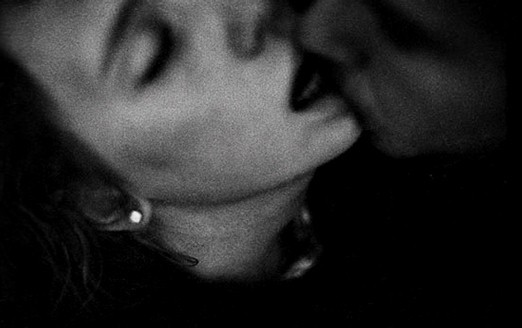
Melissa Lyttle is a 2001 alumnae of the Eddie Adams Workshop. She is a huge advocate of photographer’s rights and one of the most ethically-minded and generous photographers I know. She currently works as a staffer for the St. Petersburg Times and runs a photoblog called APhotoADay.
The first time I became aware of you was at the Atlanta Photojournalism Seminar when you walked into the portfolio reviews and everyone was like “It’s the amazing Melissa Lyttle!!!” You’re kind of a celebrity down South, aren’t ya?
I thought those voices were only in my head.

Photo by Melissa Lyttle
I felt very disoriented when I attended the Eddie Adams Workshop because I was inundated with so much information and talent, and that was on a farm. You, on the other hand, participated in the Workshop held right after 9/11. What was that experience like?
It was nearly a month after 9/11, and I vividly remember sitting in the barn that October, when someone at the podium announced that President Bush had just declared war on Afghanistan. It was surreal, intense and chilling. Especially being cut off from the world for four days while you’re in that wonderful bubble that is the Eddie Adams Workshop. With no TVs, no Internet, and no newspaper reading for four days — you really feel cut off from the world. As a journalist that was a little disconcerting, but also incredibly comforting. And unfortunately for us, the beginning of the War of Terror meant many of the photo editors and big name photographers had to leave because work called.
You’re a staff photographer at a newspaper. You’ve got a steady paycheck and health benefits. What motivates you do create something like APhotoADay.org in your spare time?
I started APhotoADay in 2000. I was about year out of school, 6 months into my first job and learning to adjust to a newspaper. I came in young, hungry and full of ideas — stories I wanted to do, parts of the community I wanted to explore visually — and one of my photo editors actually told me not to work too hard because he didn’t want me to make the rest of the staff look bad. Sadly, he was serious. Any ideas I had, features I shot, or stories I worked on in my own time were immediately shot down. I was really frustrated and felt like my growth was being limited. I didn’t want to stop shooting for myself or limit my vision in anyway. I needed an outlet for that kind of work. And when a friend emailed me, expressing a similar sentiment, we started sending a photo a day back and forth via email.
By the end of the week we had 5 friends from college involved, who were now spread out all over the country. By the end of the second week, word had spread from our small crew from UF to some friends at the University of Missouri… and we had about 10 people on our email list. Eventually it got too tedious to type in every email address by hand so I set up a listserv. Now, 8 years later, and solely by word-of-mouth, we have over 950 members worldwide. And most people who join, have expressed feeling similar to those I had in the beginning, of needing a place to share work that they shot for themselves, or work that wasn’t appreciated by their publications. Over the years, APAD seems to have found its purpose and its been shaped by those who needed it the most.
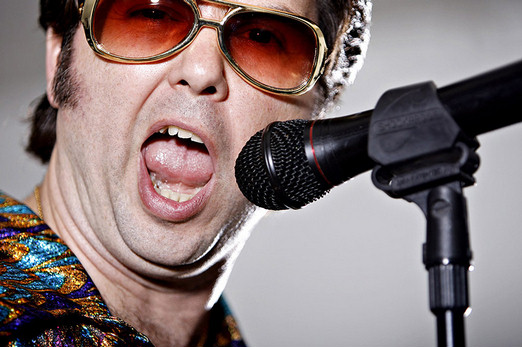
Photo by Melissa Lyttle/St. Petersburg Times
Let’s talk ethics. You’re a very outspoken proponent of stricter ethics in photojournalism. What’s the big deal?
The big deal is trust. Our integrity as photojournalist is upheld by the truth our images convey. As a photojournalist, the last thing I want is to destroy my credibility and my newspapers reputation by being untruthful in any way. And every time there is a Brian Walski, Allan Detrich or Patrick Schneider-like incident, our trust as journalists is knocked down a notch. Unfortunately, the word “photoshop” has become a verb that the public now uses. That’s frustrating to me, because I can’t tell you how many assignments I’ve been on where subjects have said, “oh you can just photoshop that in/out.” So I take that as my cue, and a chance to educate the general public about what we do. It’s important to me that they know the images they see with my name under them, or for that matter any images seen in the St. Petersburg Times, convey the absolute truth.
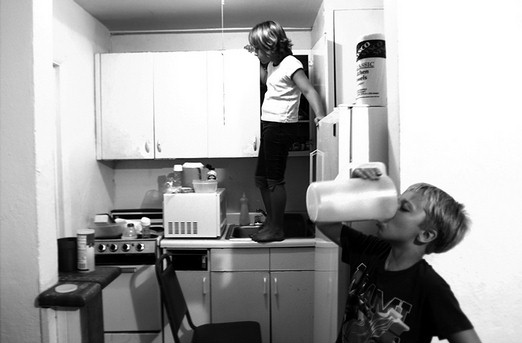 Photo by Melissa Lyttle/South Florida Sun Sentinel
Photo by Melissa Lyttle/South Florida Sun Sentinel
Do you do any photography outside of your job to create a secondary revenue stream? Weddings? Bar Mitzvahs?
Nope. Everything I do is either for the newspaper or for myself, and the latter is not a money making venture, it’s a personal one.
You shot a photo essay on the WWE training school. Was that just the most ridiculous thing ever?
It was pretty awesome and really fun to photograph. I was a bit intimidated at first, by all of these huge guys, who by stature alone looked imposing. But without exception, every single personal I photographed there was incredibly nice and very genuine. By watching them in action, you learn that with the theatrics and choreography of it all, the wrestlers are actually really incredible athletes. They’re very dedicated and well conditioned, and the things they put their bodies through hurts to watch. It’s very physically demanding. And while some of it may be staged, the pain the endure is real. They push themselves to the extreme and take hard hits and painful falls. Backstage, after a match, bruises are being tended to, body parts bandaged up and muscles iced down. I’d liken what they do their bodies to being in 4 or 5 car wrecks in a 10-minute span.

Photo by Melissa Lyttle/St. Petersburg Times
Suzy Allman invited me to shoot the Little League World Series several years ago, and you were shooting the same game. Your pictures were much better than mine, and I remember one photo you took of the losing catcher being thrown into the air by the winning team. Do you have a photographic memory of the images you’ve taken in your lifetime?
I have a pretty good memory when it comes to the people and stories that have had a lasting impact on me.

You strike me as this very wholesome American photojournalist. What was it like going to a place like Gaza?
One of the perks of our job is meeting new people and having new experiences. For someone who loves to travel, loves to witness cultures and customs different from my own, and loves to tell stories, Gaza was an ideal situation. I was fascinated by my 2 weeks there, and met some of the warmest most inviting people ever. Seeing life in Gaza single handedly destroyed any preconceived notions or stereotypes I may have had going in.
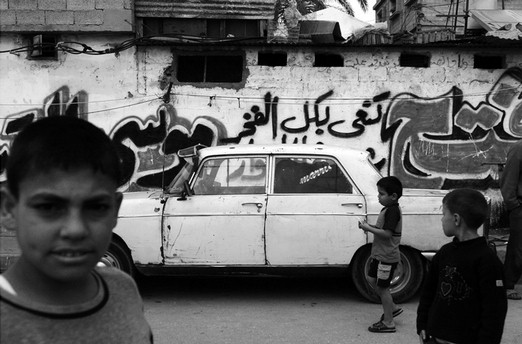 Photo by Melissa Lyttle/South Florida Sun Sentinel
Photo by Melissa Lyttle/South Florida Sun Sentinel
Somebody shot travel pics of Iceland on film. Hello? What’s up with that?
“One camera, one lens, one film.” On vacation, even working ones, there’s nothing like buying a brick of chrome and dusting the Leica off. It does something to slow me down, make me more aware and concentrate more on the image than the technology.
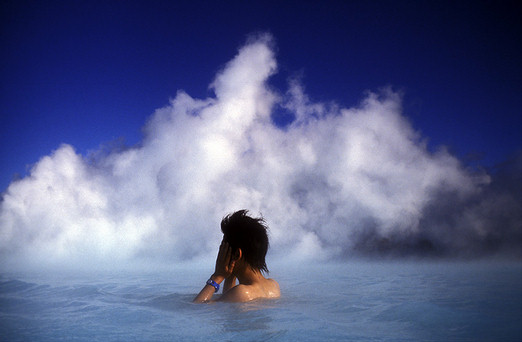
Photo by Melissa Lyttle
Am I gonna see you at the Eddie Adams Workshop XXI this October? The workshop is finally legal.
I wouldn’t miss it. I look forward to Barnstorm because it’s when I get to recharge my batteries. I’ve been lucky enough to be invited back again. And I feel strongly about giving back. As a student, this workshop did so much for me… and it’s really rewarding to be on the other side now, and hopefully helping to make other people’s experiences just as good as the one I had. I was on the black team for two years, and this will be my third being invited back to be a producer. While the speakers and presentations are always mind blowing — it’s the students that inspire me the most.


